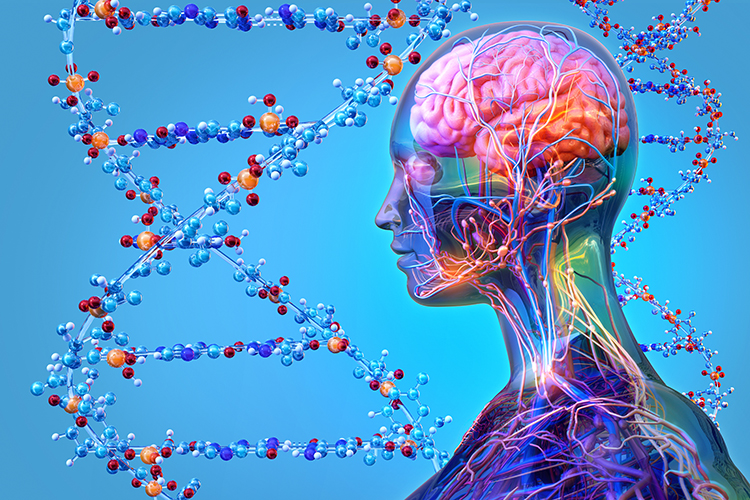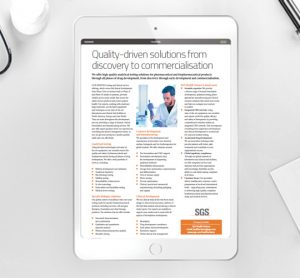Can continuous manufacturing add shareholder value for pharmaceutical companies?
A recent empirical study of continuous manufacturing (CM) versus batch processing of US and non‑US pharmaceutical manufacturing facilities suggests that CM would be more economical than batch facilities, at least for the production of oral solid dosage products. This has significant consequences for policies and strategies to reduce supply chain…
































